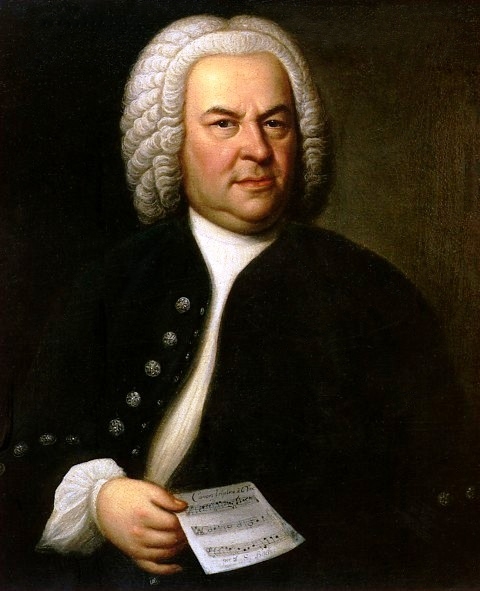The Easter Holiday has come and gone, but the melody lingers. The “melody” to which I specifically refer is Johann Sebastian Bach’s epic St Matthew Passion, which was first performed on Good Friday, April 11, 1727, at the St. Thomas Church (or Thomaskirche) in the Saxon city of Leipzig. Revised versions of the St Matthew were performed three more times in Bach’s lifetime, all under his direction in Leipzig: on April 15, 1729; March 30, 1736; and on March 23, 1742. Bach then further revised the passionbetween 1743 and 1746, and it is this final version that we will hear in performances and recordings today.

Sebastian Bach’s St Matthew Passion is a massive, roughly three-hour-long sacred oratorio that sets to music the story surrounding Jesus’ crucifixion and resurrection as told in chapters 26 and 27 of the Gospel of Matthew. Musically, it is a full-blown religious opera presented in concert form, with a narrator, a cast of characters, two adult choirs and a separate boys’ choir, eight vocal soloists and two orchestras. It is replete with arias, recitatives, choruses, and action music of every stripe. With a libretto by Bach’s long-time collaborator Christian Frederic Henrici (known as “Picander”, 1700-1764), the St Matthew Passion features 68 different musical numbers, divided into two acts, or “parts”: Part One featuring 29 numbers, and Part Two 39 numbers.
In terms of its scope, spiritual and expressive power, range of expression, and sheer (frankly inexplicable) beauty, Bach’s St Matthew Passion is, as a work of art unique, sui generis, one-of-a-kind: an artwork defined only by itself, comparable only to itself.
Bach biographer Karl Geiringer writes:
“The St Matthew Passion represents the climax of Bach’s music for the Protestant Church. His own conception of its importance is clearly revealed in the exquisite score he made of it, a score which is unique even among his many beautiful manuscripts. He worked on it with a ruler and compass, and he used red ink for the recitatives of the Evangelist [the Passion’s narrator] to distinguish the divine [Biblical] message from the rest of the text. The motto Beethoven placed in front of his Missa Solemnis – ‘It comes from the heart – may it go to the heart – can well be applied to this work as well.”

The first version of the St Matthew Passion received its premiere on April 11, 1727, 295 years ago yesterday. As previously observed, Bach continued to rewrite and rework the Passion for 19 years, until 1746.
Passion Plays and the Evolution of the “Oratorio-Passion,” of Which Bach’s St Matthew Passion Is One
Modern scholarship indicates that the Gospel (meaning “good tidings”) of Matthew, which like each of the four gospels (Matthew, Mark, John, and Luke) tells the story of Jesus’ birth, life, death, and resurrection, was written by a Jewish male between 85 CE and 95 CE. This view is based on four factors. The first is that the writer deeply understood contemporary Jewish values, both traditional and non-traditional. Second, the Matthew gospel appears to have been written after the final separation between the new, Christian Church and the traditional Jewish Synagogue, an event that took place around 85 CE.…
Continue reading, and see the prescribed recordings, only on Patreon!
Become a Patron!Related Robert Greenberg Courses
-
 How to Listen to and Understand Great Music, 3rd EditionPrice range: $349.95 through $599.95
How to Listen to and Understand Great Music, 3rd EditionPrice range: $349.95 through $599.95 -
 Bach and the High BaroquePrice range: $249.95 through $439.95
Bach and the High BaroquePrice range: $249.95 through $439.95 -
 Music as a Mirror of HistoryPrice range: $219.95 through $334.95
Music as a Mirror of HistoryPrice range: $219.95 through $334.95
